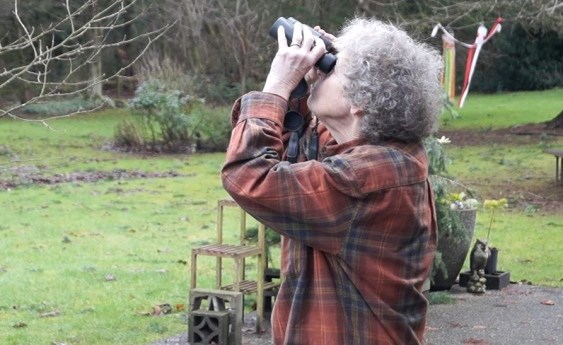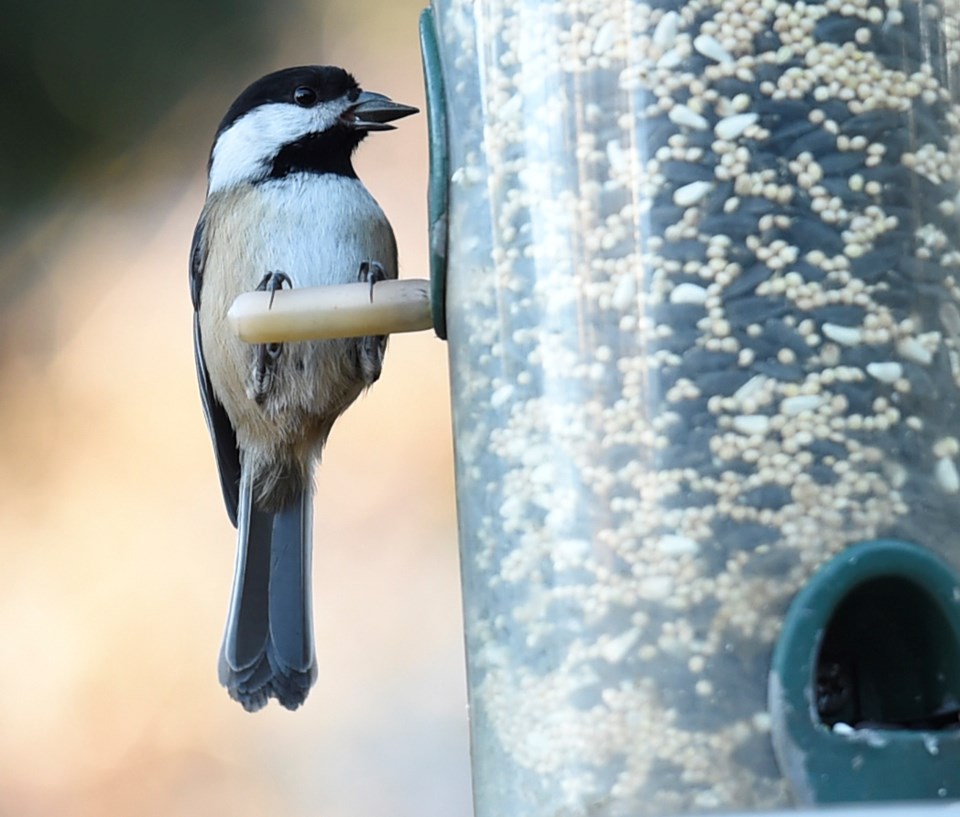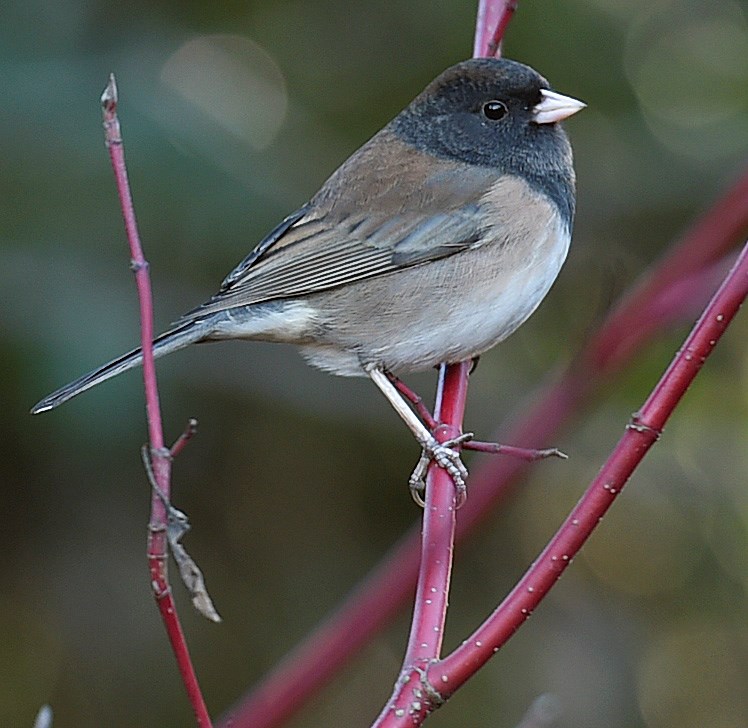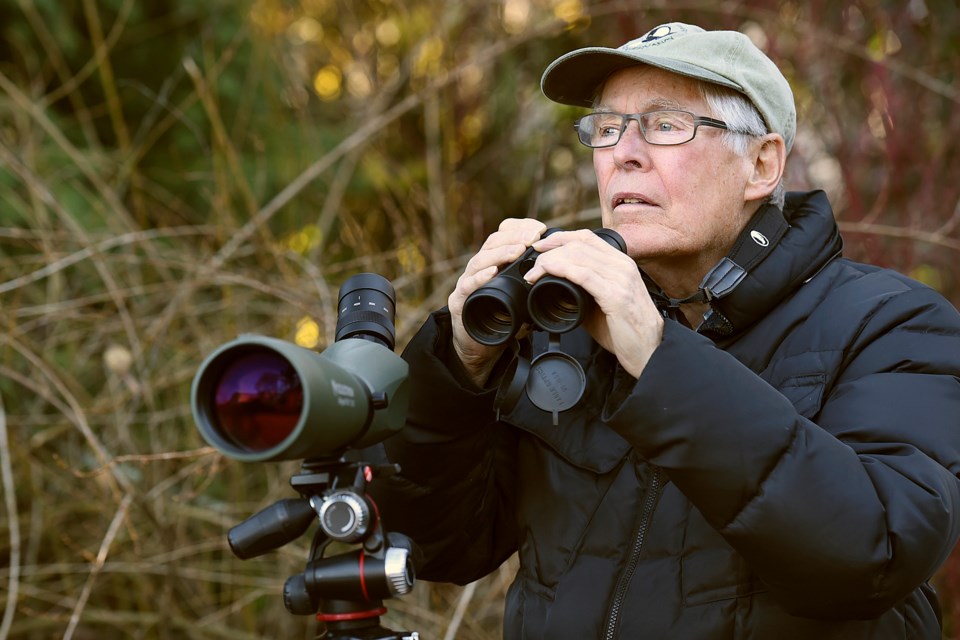Jude Grass looks forward to one event in particular during the holiday season and it’s not Dec. 25. It’s the annual Christmas Bird Count, which is marking its 116th year.
“This is what Christmas is about for me. The rest of it can go the way of the dinosaur. I look forward to the Christmas Bird Count,” she said. “It’s less stressful. It’s a day to relax and get out with your buddies and bird and see what’s around. I’m a naturalist by training and background, so for me that’s important — to be out and doing that. The rest of Christmas stuff, I guess, is OK. You get to see family and what have you. But for me it’s just the joy of getting out and seeing the birds and being outdoors. That’s what I like.”

Grass will be among dozens of birders heading out for this year’s count, which started on Dec. 14 and runs through Jan. 5. Vancouver’s count day is Dec. 20. It’s one of several in the Lower Mainland taking place over the roughly three-week period.
Grass participates in the Vancouver count and is team leader for the Ladner count, which is slated for Dec. 27.
She said the Christmas Bird Count is a social event, and the information provides a snapshot of the birds that are here in the winter although numbers can vary year-to-year depending on the weather on count day.
“If you have a wonderful sunny day, you’re probably going to see more birds than if it’s wet and windy,” she said. “Obviously you’re not counting every bird out there but you are getting a random sample and that’s the objective — to see what you can find with the different bird counts in the Lower Mainland.”

Species that are spotted can vary throughout the region.
“It’s interesting because Ladner has a totally different habitat base than Vancouver, which is very residential. So [Ladner tends] to get more birds because they have Boundary Bay and all those open farm areas where they get different birds,” Grass said.
Count circles measure 24 kilometres in diameter and each one is divided into sub areas. Vancouver’s count circle centres at 12th and Ontario and encompasses some portions of Burnaby, North Vancouver, West Vancouver and Richmond.
Its team leader is Adrian Grant Duff, who’s been birding for decades. He’s self-taught and knows most of the songs and calls of local birds.
“That really helps because if you can hear them and hear their song then you know where to look to see them,” he said.
Grant Duff said the Christmas Bird Count is important for research, statistics and to determine trends.
“It’s exciting because everybody does it every year. It’s kind of an event as well. I just love to get out and identify birds. It’s a hobby and I find it very relaxing. You forget everything else,” he said.
“It’s becoming one of the most popular hobbies in North America, particularly in the United States. And I think there’s a challenge in identifying the birds. It’s certainly a challenge in counting large numbers — it gets people out with a challenge to it.”

Last year, Vancouver participants recorded 133 species. Highlights included sightings of the Harris’s sparrow, the Swainson’s thrush, a Bullock’s oriole at the Fraserview golf course, an orange-crowned warbler, a yellow-rumped warbler, and three pine grosbeaks on Burnaby Mountain.
Grass hopes to spot a Gyr falcon in Ladner. Sometimes they can be found near New Brighton Park by the wheat, she added, “because they sit there and pick off the pigeons.”
Ladner often records one of the highest number of species in Canada. Participants have a friendly competition with Victoria, which is also always among the top counts.
Last year, Ladner reported 144 species, beating Victoria by one.
“We have this little battle with Victoria, which has some great habitat too, obviously. So it’s always one or the other of us that wins generally,” Grass said, crediting mild winters and good habitat.
More information about the Christmas Bird Count can be found on the British Columbia Field Ornithologists website at bcfo.ca.
@naoibh



